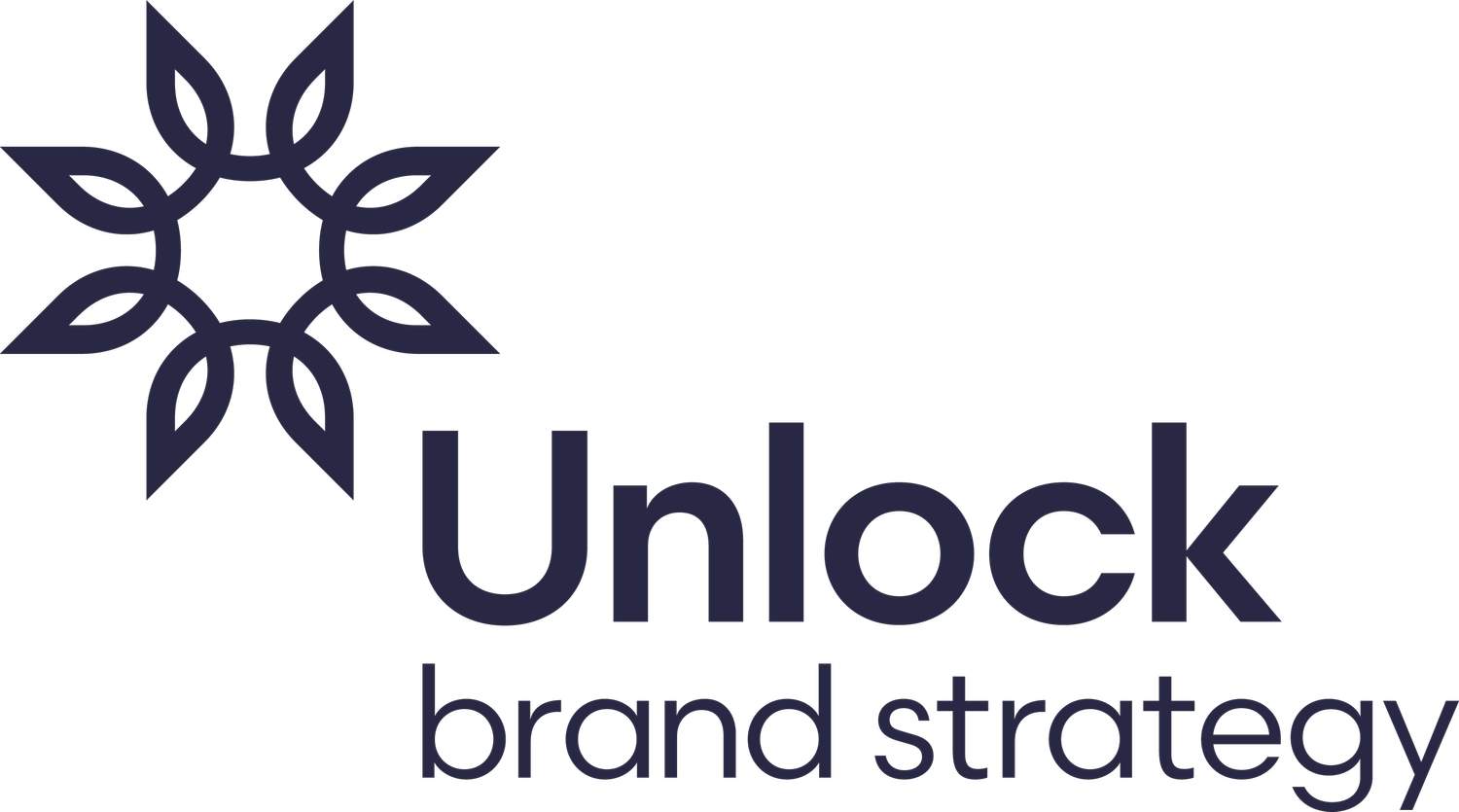Where’s the beef?
My friends at Brand Genetics used to say, “You’re one, two, or toast.” If you want to thrive in any given market, they argued, you must be the leader or the main challenger. You are either Coke or Pepsi, or you are nowhere in the cola market. If you are not the leader or the main challenger, you need to find a segment or partition that you can dominate.
A surprisingly large number of categories boil down to two main brands: iOS vs. Android; McDonald’s vs. Burger King; PlayStation vs. Xbox; BA vs. Virgin; Uber vs. Lyft; the list goes on.
This theory chimes with Herbert A. Simon’s idea of the human brain as a ‘satisficer’ – ie our tendency to settle for a solution that is good enough rather than exhaustively searching for the optimal one. One brand, good. Second brand as a fallback. Why would I need a third? It also supports Byron Sharp’s views on scale (double jeopardy for smaller brands) and mental availability: salience is everything.
The digital space can be even more ‘winner takes all’. Amazon, Reddit or Google have no direct rivals*.
If you’re not in the top two, you can either try to dislodge one of the two main players – though that could prove difficult and costly. Or you can redefine the category you’re in. For instance, Nike and Adidas might rule the sports apparel category, but other brands succeed by casting a tighter net – Asics and On compete in performance running, Under Armour and Gymshark are gym specialists, Puma and New Balance lifestyle brands, Veja the leader in sustainability. The only place you don’t want to be is the middle ground – like Reebok: too big to be a scrappy niche brand, too bland to lead the mass market. Even their strapline – “Sport is everything” – sounds like it was designed to be instantly forgotten.
Framing a category as a binary choice between two dominant brands clearly benefits both incumbents. This is why they so often deploy prodigious amounts of creativity engineering feuds. Trolling stunts such as The Pepsi ‘Mafia Girl’ who won’t be disrespected, the Whopper Detour where customers earn a free Whopper if they order it from McDonald’s, or Virgin Atlantic’s “BA don’t give a shiatsu” posters – all create noise around the category, invite people to pick a side, and block out other competitors from the conversation. The recent beef between Poppi vs Ollipop over the cost of a vending machine helped put the nascent ‘prebiotic soda’ category on people’s radar.
War is not only good for business, it can also be good for consumers.
Heightened competition forces brands to up their game, keep prices down, and innovate faster. The streaming wars are a perfect example. Instead of trolling each other via marketing campaigns, Netflix, Amazon Prime, Disney+, and the rest squared off by pouring billions into original content and securing star talent. That period in the late 2010s gave us The Crown, Mindhunter, Succession, and Euphoria – a second golden age of television. Low introductory prices and endless free trials were a boon for audiences who got premium shows without premium fees.
But every war has casualties. The gargantuan cost of continuous big-budget releases is not sustainable (surprise, surprise), which has recently led to cutbacks, mergers, and consolidations. There will be blood. But the services most likely to get squeezed out are not necessarily the smaller ones, it’s the blandest ones – the Reeboks of the streaming world.
Survival of the most meaningful.
In this new context, having a clear value proposition is going to essential. Assuming that Netflix, Prime, and YouTube will be the ‘everything stores’; Disney+ the must-have for families, and Apple TV+ the "new HBO", that leaves many generic players in the dreaded middle ground. Small specialist platforms however, stand to do well. Brands like Mubi (arthouse film) and Marquee TV (performing arts) with clear identities and loyal fans. These specialists are laser-focused on quality and foster tight-knit communities around art forms that people love passionately. Most importantly, specialist platforms don’t try to be all things to all people. Instead of overwhelming viewers with a gigantic content library, they provide meaningful curation. In a world bloated with choice, this kind of clarity stands out.
So, can war be good for you?
Would Kendrick Lamar have been picked for the Super Bowl halftime gig had he not spent most of 2024 in the news, beefing with Drake? It’s no different in broader economic showdowns: competition forces each side to innovate, refine their offerings, and attract followers with a clear point of view. We can all reap benefits when rivalry stimulates innovation, creativity, and excellence instead of mere hostility.
